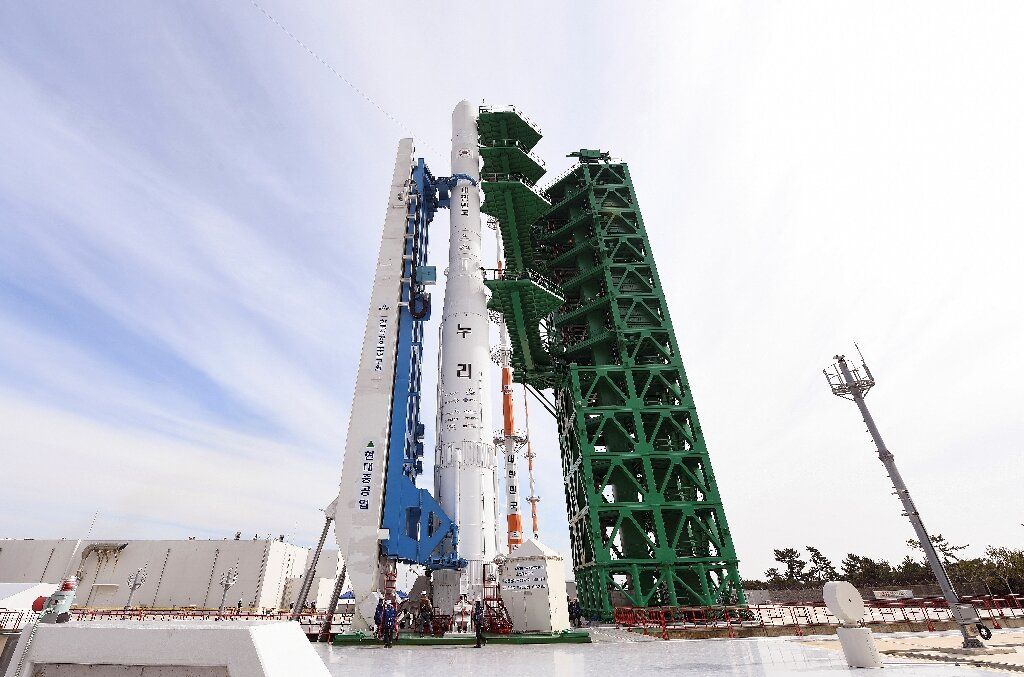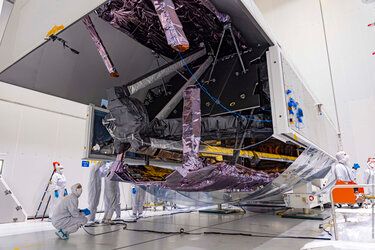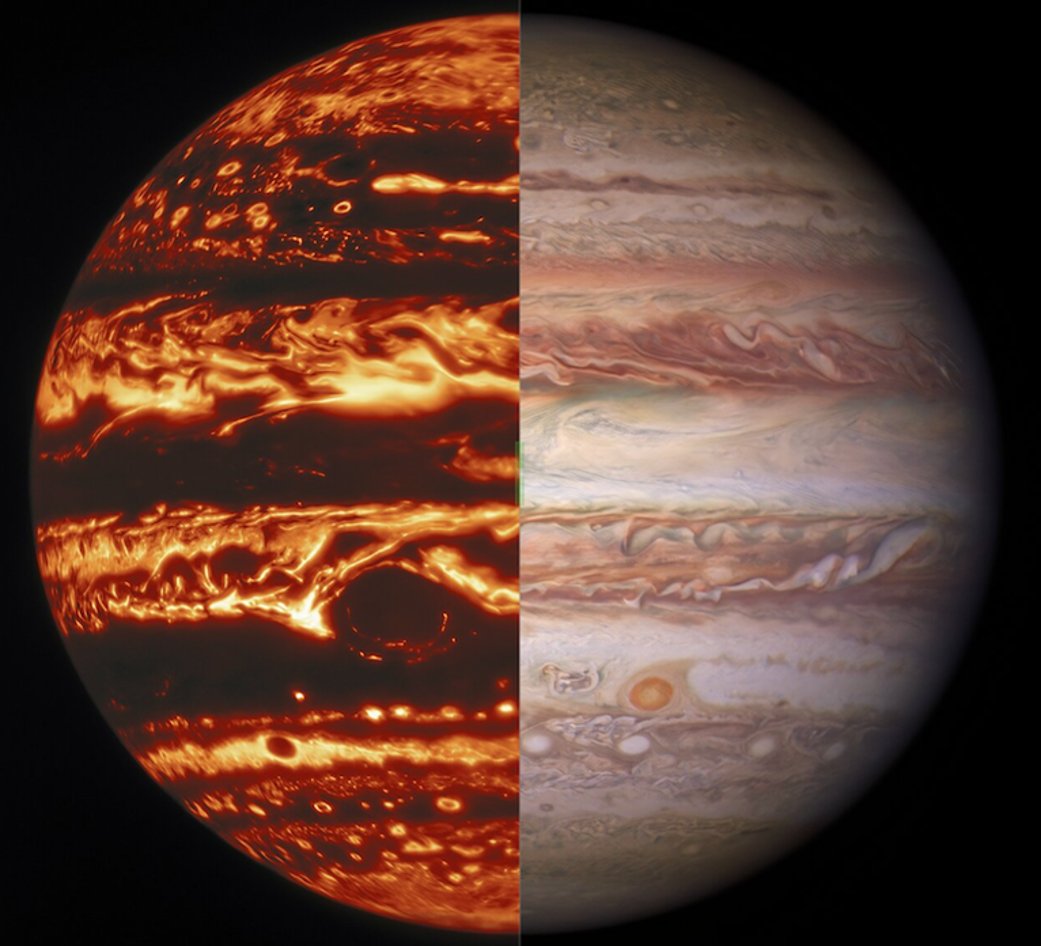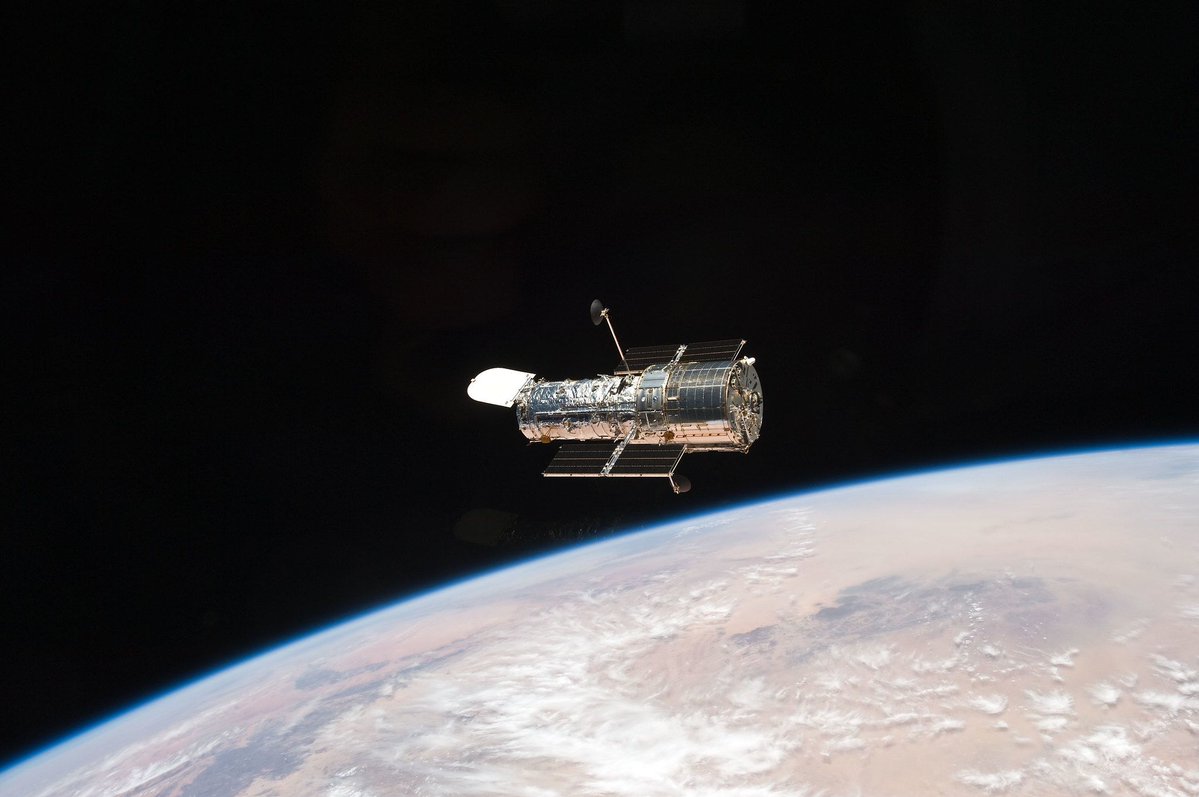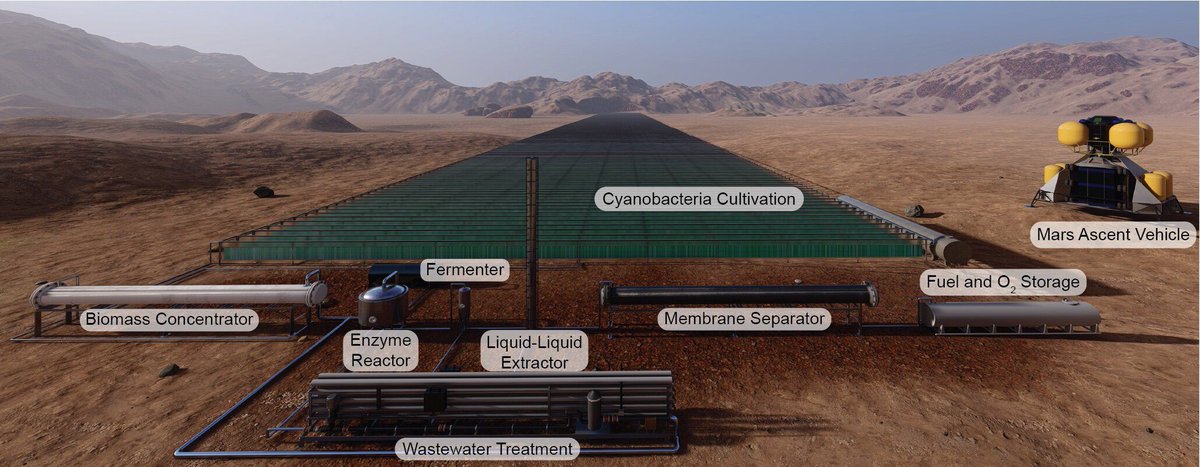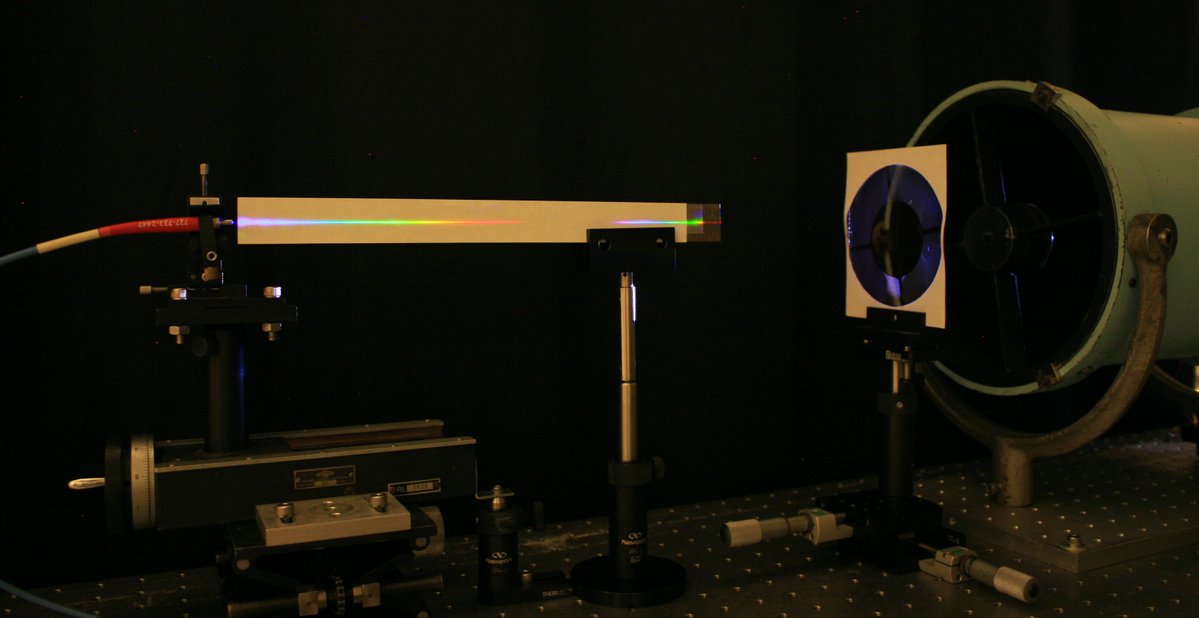So far, only six countries have successfully launched more than 1 ton of equipment into space using domestically developed rockets. A seventh, North Korea, has successfully done so with a slightly smaller payload. Recently, their southern neighbor attempted to get into this exclusive club by testing its first-ever three-stage orbital rocket.
Continue reading “South Korea Launches its First Rocket. The Third Stage cut off Short.”Finally! Here’s the Video of Webb’s Unboxing
It’s been a long time coming. Finally, after years of delays and billions of dollars in budget overruns, the James Webb Space Telescope (JWST) is ready to fly. To celebrate the occasion, ESA released a video showing the “unboxing” of one of the most highly advanced technical achievements in human history. It is truly as impressive as it sounds.
Continue reading “Finally! Here’s the Video of Webb’s Unboxing”Juno Peers Beneath Jupiter’s Clouds to Reveal its Complex Atmosphere
Many papers are usually released at once for big space exploration missions. Usually, that happens when an entire batch of data has been analyzed. The most recent set of papers is from Juno’s explorations of Jupiter’s atmosphere. With this data dump, scientists now have the first 3D map of the atmosphere of the solar system’s largest planet.
Continue reading “Juno Peers Beneath Jupiter’s Clouds to Reveal its Complex Atmosphere”Supercomputer Simulates What Happens When Meteors Strike the Atmosphere
In space, it’s almost always raining dust. Most of that dust is so small a microscope would have a hard time seeing it. Created by asteroid impacts, millions of these fine dust particles collide with Earth’s upper atmosphere every second. When they hit that atmosphere, they start a complex dance of plasmas and energy that can be difficult to see and understand.
Continue reading “Supercomputer Simulates What Happens When Meteors Strike the Atmosphere”Hubble Science Instruments are Malfunctioning, Putting the Telescope in Safe Mode
Hubble is getting a bit long in the tooth. Initially launched in 1990, it has been one of the most spectacularly successful orbital satellites in history. But it has also had its fair share of errors, starting almost immediately upon its launch. Now the instruments on the telescope have been operating in a “safe mode” for more than a week, and it appears that they will remain so for at least another one.
Continue reading “Hubble Science Instruments are Malfunctioning, Putting the Telescope in Safe Mode”Magnetic Chamber can Simulate Microgravity (or Mars Gravity) Here on Earth
There are plenty of processes that might be easier in lower gravity. So far, the biggest hindrance to developing those processes has been the expense of launching equipment to the low gravity environments of the ISS or other space-based research stations. Testing on the ground would be preferable both for ease of use and much lower cost, but the Earth’s gravity usually puts a stop to that. Some scientists see another way. Using magnetic fields can artificially simulate a zero-gravity environment, and now a team from Florida State University’s (FSU’s) National High Magnetic Field Laboratory has developed a system that can hold a much larger sample than previous iterations.
Continue reading “Magnetic Chamber can Simulate Microgravity (or Mars Gravity) Here on Earth”NASA is Getting Serious About the Search for Life in the Universe
Frameworks are a valuable tool in science. They give context to sometimes abstract concepts such as “how powerful can an alien civilization be” (Kardashev scale) or “how developed is this technology?” (Technology Readiness Levels). Now, NASA has developed a new scale to help give context to what some consider one of the agency’s most critical missions – the search for extraterrestrial life.
Continue reading “NASA is Getting Serious About the Search for Life in the Universe”A Mission to Explore the Methane Lakes on Titan
Titan has become a center of increasing attention as of late. Discoveries from Cassini have only increased interest in the solar system’s second-largest moon. Liquid on its surface has already prompted one upcoming mission – the Dragonfly drone NASA plans to launch in the mid-2030s. Now a team of dozens of scientists has put their names behind a proposal to ESA for a similar mission. This one is called POSEIDON and would specialize in exploring some of TItan’s methane lakes.
Continue reading “A Mission to Explore the Methane Lakes on Titan”Bacteria Could Make Rocket Fuel on Mars
There are many types of rocket fuel. Some are more useful on a particular planet. And some can be created by bacteria. A team from Georgia Tech has found a rocket fuel with an interesting mix of those characteristics that might be a focal point of in-situ resource utilization – on Mars.
Continue reading “Bacteria Could Make Rocket Fuel on Mars”Lightweight, Flexible Lens Could be the Future of Space Telescopes
Holograms are useful for more than interesting-looking baubles in gift shops. Materials scientists have used them for applications from stress/strain gauges to data storage systems. It turns out they would also be useful in making extraordinarily lightweight, flexible mirrors for space telescopes. A new study led by researchers at the Rensselear Polytechnic Institue shows how that might happen.
Continue reading “Lightweight, Flexible Lens Could be the Future of Space Telescopes”
